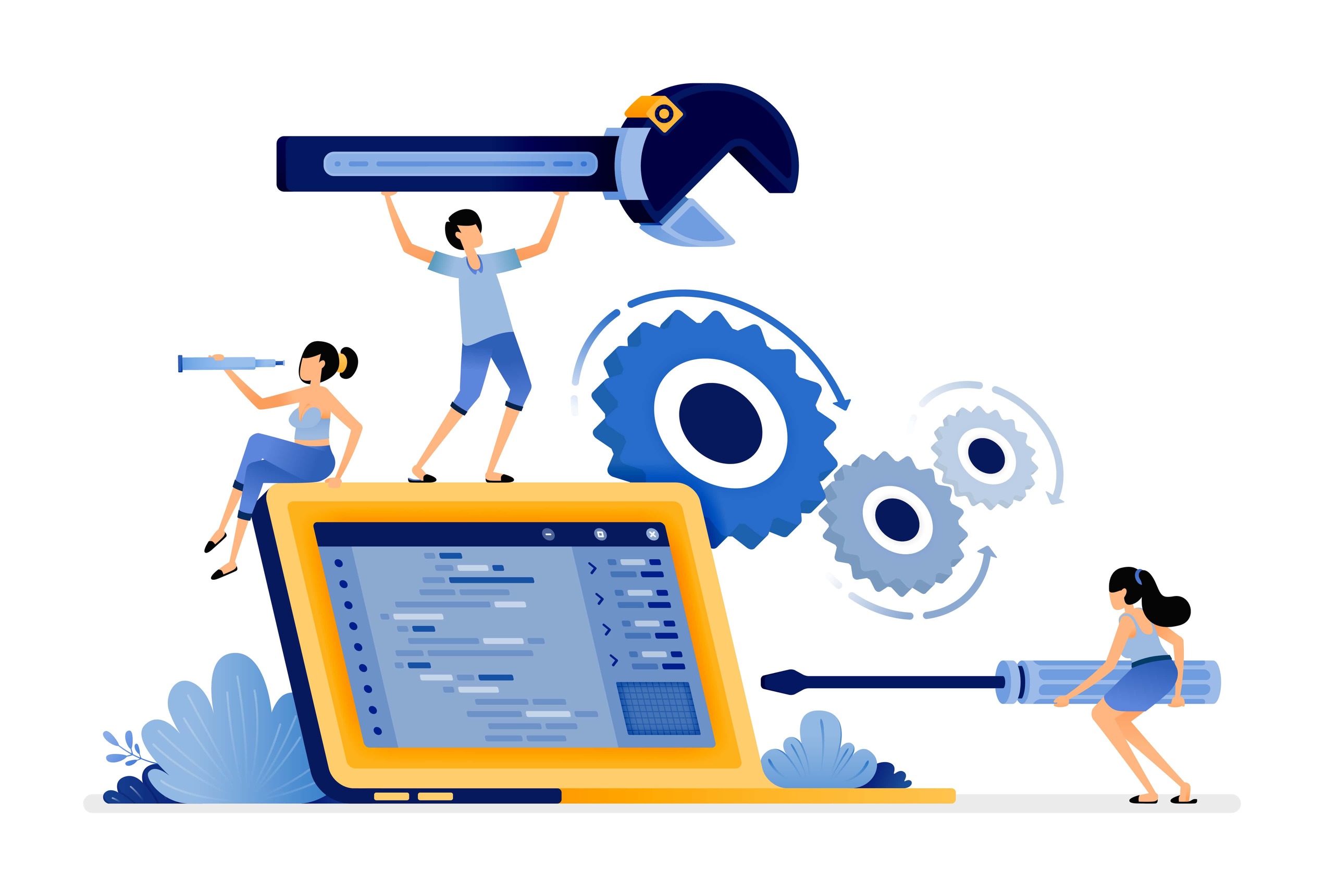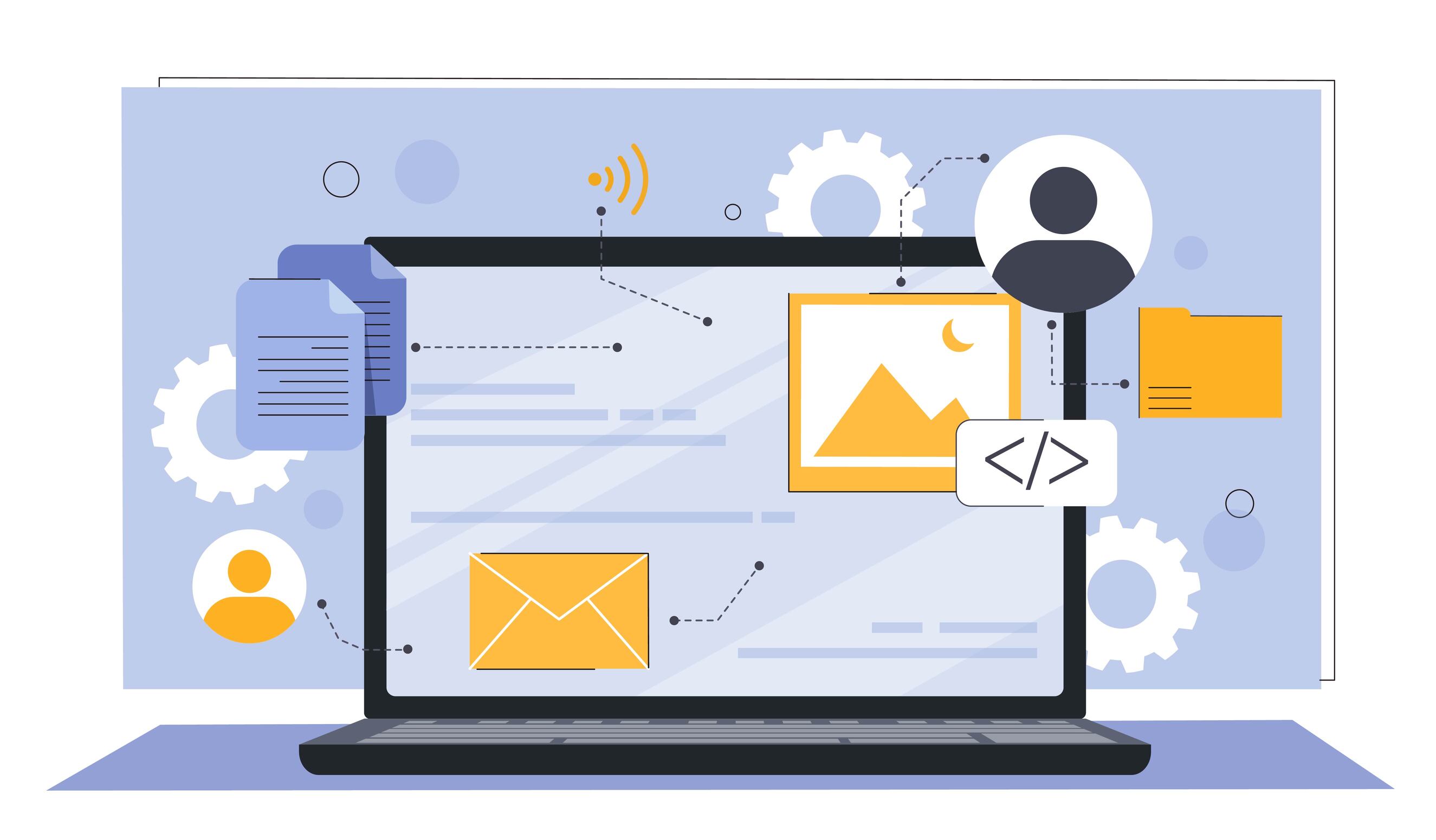Organizational Portal – Can Completely Change the Situation
Corporate portal

 1961
1961 
Organizational Portal: An Essential Tool for Every Organization
In today's digital age, effective communication and information sharing are key to organizational success. An organizational portal, which serves as a central gateway to the organization’s resources and systems, has become an essential tool for enhancing collaboration, productivity, and knowledge transfer. In this article, we will explore the main benefits of an organizational portal and discuss ways it can help organizations become more efficient and thrive.
What is an Organizational Portal?
An organizational portal is an online platform that serves as a central access point for information, tools, and resources related to the organization. It consolidates a variety of functions, including document management, internal content, discussion forums, bulletin boards, and more. An organizational portal is typically accessible via the internet or intranet, allowing employees to easily access the resources they need from anywhere and at any time.
Benefits of an Organizational Portal
- Improved Communication and Sharing: An organizational portal provides a central platform for internal communication. It allows employees to easily share information, updates, and ideas, promoting transparency and collaboration throughout the organization. Features like forums, blogs, and bulletin boards encourage interactions within and between teams.
- Enhanced Productivity and Efficiency: By providing easy access to necessary resources and systems, an organizational portal can save employees valuable time and streamline routine tasks. Instead of wasting time searching for information across multiple systems, employees can quickly find what they need in one central location. This enables them to focus on their work and be more productive.
- Improved Knowledge Management and Sharing: An organizational portal serves as a central repository for organizational knowledge, including documents, guides, policies, and procedures. It allows for the storage, organization, and sharing of critical information assets in an accessible and user-friendly manner. This ensures that all team members can access the most up-to-date information and stay aligned with each other.
- Improved Integration of Processes and Systems: An organizational portal can serve as a unified access point for many of the organization’s systems and applications. By integrating HR management systems, CRM, project management, and more, the portal creates a cohesive experience and streamlines workflows. This allows employees to easily navigate between tasks and complete workflows without switching between multiple platforms.
- Increased Employee Engagement: An organizational portal can serve as a tool to enhance employee engagement and motivation. By providing resources for training and personal development, recognizing achievements, and disseminating company updates, the portal helps employees feel connected and valued. This can lead to improved employee satisfaction, retention, and overall performance.
- Reduced Costs and Complexity: Implementing an organizational portal can help reduce the costs associated with managing multiple systems and information resources. By consolidating platforms and systems, organizations can save on software, maintenance, and technical support expenses. Additionally, a portal can simplify processes and reduce operational complexity, leading to time and resource savings.
Use Cases of an Organizational Portal
Organizational portals can serve a wide range of purposes and use cases. Here are some common examples:
- Employee Intranet: A portal that serves as an information hub for employees, providing access to policy pages, benefits, newsletters, and company updates.
- Project Collaboration Center: A project management platform that allows teams to share, collaborate, and track tasks, resources, and milestones.
- Learning and Training Resource Hub: A portal hosting courses, guides, and other learning content, along with a Learning Management System (LMS) for content allocation and student assessment.
- Customer Service Center: A portal providing users with access to product information, technical support, troubleshooting guides, and community forums.
- Partner Gateway: A platform for engaging with business partners, distributors, and suppliers through document sharing, order tracking, and communication.
Tips for Implementing a Successful Organizational Portal
- Identify User Needs and Requirements: Conduct a comprehensive assessment of the needs, preferences, and goals of your user audience. Collaborate with stakeholders to identify the most critical features and functionalities.
- Choose an Appropriate Platform: Select a portal platform that aligns with your organization’s goals, resources, and technical capabilities. Consider factors such as scalability, security, integration, and user-friendliness.
- Design an Intuitive and User-Friendly Interface: Invest in a clean, clear, and easy-to-navigate user interface. Organize content and tools logically and coherently, using consistent design and branding guidelines.
- Promote Adoption and Engagement: Communicate the benefits of the portal and provide training and workshops to encourage adoption. Offer incentives for employees to regularly use and contribute to the portal.
- Update and Maintain Content: Allocate resources for creating new and up-to-date content. Establish clear processes and roles to ensure that information remains current and relevant over time.
- Ongoing Measurement and Optimization: Monitor key performance indicators (KPIs) to evaluate the portal’s effectiveness and adoption levels. Use data and user feedback to optimize functionality and continuously enhance the experience.
In conclusion, an organizational portal is an essential tool for organizations seeking to improve communication, collaboration, and productivity. From increasing employee engagement to improved knowledge management, the benefits of an organizational portal are numerous and diverse. Through strategic implementation, user-centered design, and ongoing enhancement, organizations can maximize the potential of their portal and unlock its full value. Whether you are a multinational corporation or a small startup, an organizational portal can significantly impact your results and help you remain competitive in today’s dynamic digital business landscape.






